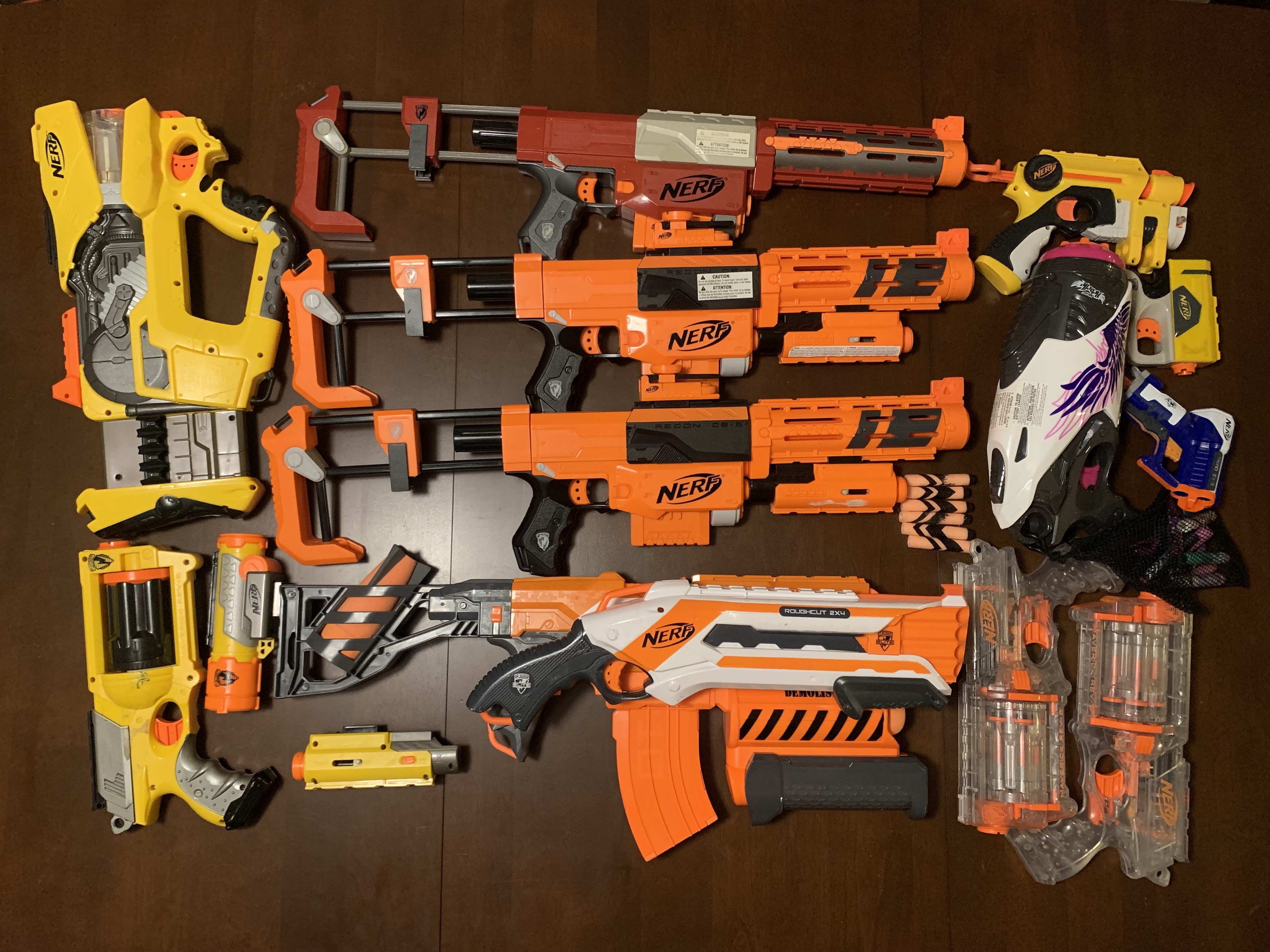Hasbro has a long history of coming up with new ammo types, which ultimately faced a wide variety of fates ranging from near-instant obsolescence to becoming an industry standard.
We all remember the Ultra line, right? Hasbro got salty that 3rd parties were selling better and cheaper darts that were compatible with their blasters, meaning that Hasbro could no longer sell darts at a significant markup. So, they decided to make a new, "better" ammo ecosystem to force people to buy Hasbro-branded ammo for their blasters. (At least, that's what the online nerf community thought that Hasbro's motivations were, and IMO this assessment is probably correct.)
Hasbro has made a few more proprietary ammo types since then: Hyper, which is a worse-but-proprietary Rival, and Mega XL, which was goofy fun and which I kinda wish that they still made.
Hasbro has also made proprietary ammo types in the past. Let's not forget that the standard 50 cal dart was based on Hasbro's Elite dart. Vortex got a good run. Rival and Mega did too, and may yet see more blasters released.
It's not clear to me at this point where this new ammo type is headed. It would be very easy to be cynical and label this new ammo type as yet another Ultra-style cash grab that's doomed to eventual obscurity, but I think it's too early to tell. It might be that. It also might be good.
Again, the industry standard 50 cal dart is based on Hasbro's Elite dart - but that in turn was an improvement (in weight distribution) over their Streamline dart, which was a modification of the tagger/whistler/suction pattern that could fit into magazines. Design choices are still with us today that were not originally made with modern blaster technology or performance goals in mind.
This is a clean-sheet redesign. It's coming from Hasbro, so there's grounds for cynicism here, but it has at least the potential to be quite good.





Others have suggested greasing the dowel or using bearings, and if the issue was friction, then they'd be right.
If the issue is inertia, then this won't help. Accelerating a given mass to a given velocity requires a certain amount of energy, no matter what.
What could help is something similar to a Huygen drive, where the filament is looped around a large wheel (large enough that the filament can curve around it without breaking) which is able to move against a spring or counterweight. This would allow the movement of the spool to be "averaged out" rather than accelerating and decelerating sharply on every extrusion and retraction.